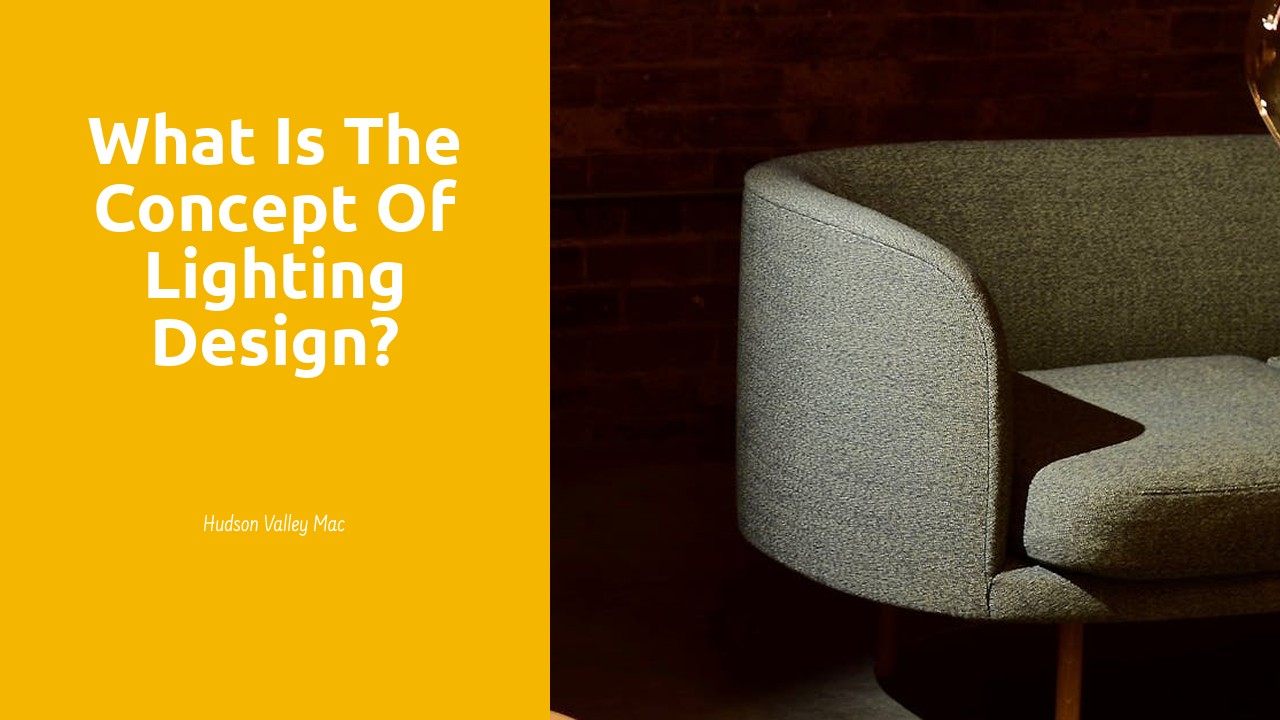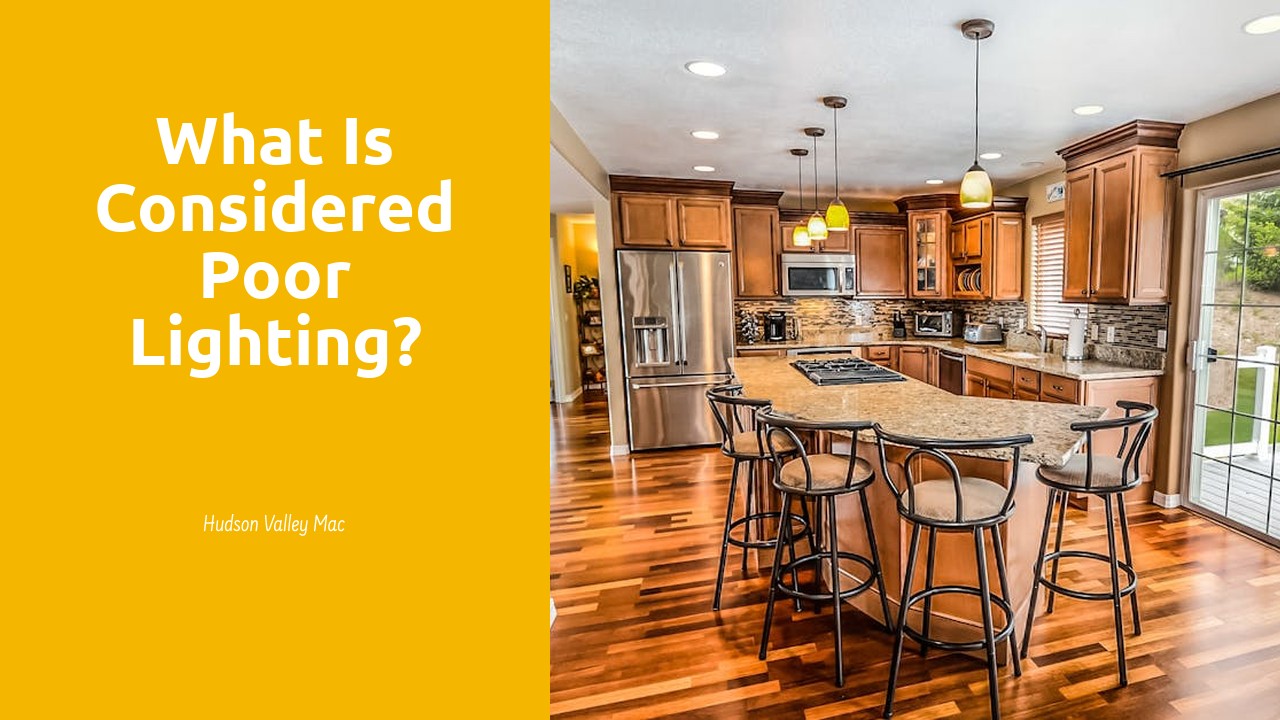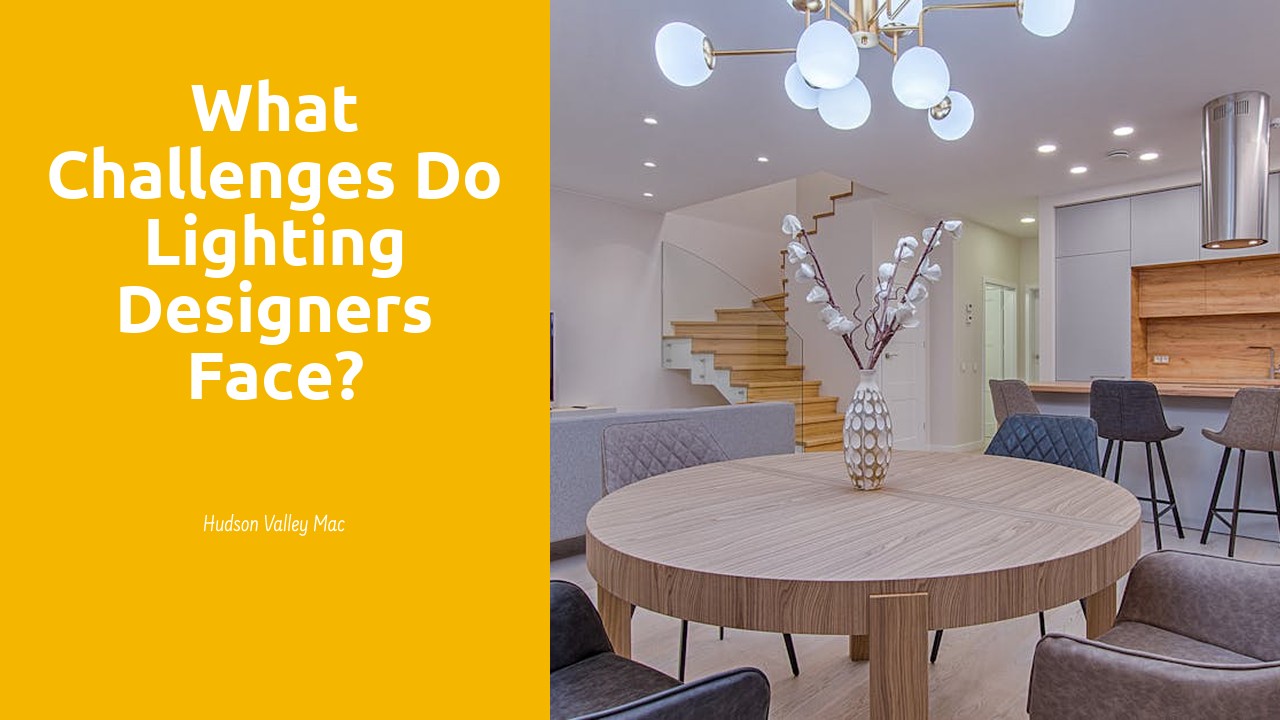
Table Of Contents
Lighting Control Systems for Smart Home Integration
Lighting control systems are essential for integrating lighting design into smart homes in Kawartha Lakes. These systems allow homeowners to adjust the brightness, colour, and even the timing of lights with the touch of a button or the sound of their voice. By incorporating these systems into their homes, residents can create the perfect ambiance for any occasion, whether it's a cozy movie night or a lively dinner party.
With a lighting control system, individuals can easily program various lighting scenes to suit their needs and preferences. For instance, they can set up a "morning" scene that gradually increases light intensity to wake them up gently, or a "relaxation" scene with soft, warm lighting to unwind after a long day. By personalized programming, these systems not only enhance convenience but also elevate the overall aesthetics and functionality of Lighting Design in Kawartha Lakes.
Installing Dimmers for Adjustable Lighting Levels
Installing dimmers for adjustable lighting levels is a crucial aspect of creating a versatile lighting design in any space. By incorporating dimmer switches, individuals in Kawartha Lakes can easily adjust the brightness of a room to suit various activities and moods. Dimmers not only provide functionality but also contribute to energy efficiency by allowing users to reduce the amount of electricity consumed when full brightness is not necessary.
In small spaces within Kawartha Lakes, dimmer switches can be particularly valuable as they help create the illusion of a larger area by controlling the intensity of light. By strategically placing dimmers in different zones of a room, individuals can manipulate the ambiance and focus of light to enhance both aesthetic appeal and functionality. Whether it's setting the perfect lighting for a cozy evening or creating a bright atmosphere for productivity, dimmers offer flexibility and customization in lighting design.
Layering Light for Depth and Visual Interest
Layering light is a fundamental principle when it comes to creating a visually appealing atmosphere in a room. By incorporating different types of lighting sources at varying heights and angles, you can bring depth and visual interest to the space. Whether it's pairing overhead fixtures with floor lamps or wall sconces with recessed lighting, the combination of these elements can enhance the overall aesthetic of a room. In Lighting Design in Kawartha Lakes, consider layering light to create a dynamic and inviting environment for both residents and guests.
In addition to providing depth, layering light also allows for flexibility in setting the mood and functionality of a space. For example, task lighting can be layered with ambient lighting to create a bright and inviting workspace during the day, while the same area can be transformed into a cozy and relaxing spot in the evening by adjusting the levels of each lighting source. By strategically layering light sources, you can achieve a well-balanced and versatile lighting design that caters to different activities and occasions, making your space not only visually appealing but also highly functional.
Mixing Task, Ambient, and Accent Lighting in a Room
When considering lighting design in Kawartha Lakes, it is important to mix task, ambient, and accent lighting in a room to create a well-rounded and inviting atmosphere. Task lighting serves a functional purpose, providing adequate illumination for activities like reading, cooking, or working. It is essential to have task lighting in areas where specific tasks are performed to optimize visibility and reduce eye strain.
Ambient lighting, on the other hand, sets the overall mood and brightness of a room. It serves as the primary source of light and creates a comfortable environment for everyday living. Accent lighting highlights specific features or areas in a room, adding depth and visual interest. By combining these three types of lighting effectively, you can achieve a harmonious balance that enhances the functionality and aesthetics of your space.
Lighting Design Tips for Small Spaces
Lighting design in small spaces presents a unique challenge, requiring careful consideration to maximize both functionality and aesthetics. One effective strategy is to utilize mirrors strategically to enhance light distribution in compact rooms. Placing mirrors opposite light sources or in areas where light naturally reflects can help create the illusion of a larger, more open space, while also improving overall illumination in the room. This technique is particularly beneficial in areas with limited natural light, such as basement rooms or interior spaces far from windows. To make the most of this approach, choose mirrors with frames that complement your decor style and reflect light effectively.
Another key tip for effective lighting design in small spaces is to prioritize layering light sources. By combining task, ambient, and accent lighting elements, you can create a multi-dimensional lighting scheme that adds depth and visual interest to a room. In compact areas like condos or studio apartments, this technique can help differentiate various functional zones within a single space while ensuring adequate lighting for different activities. When layering light, consider using a combination of overhead fixtures, wall sconces, and table lamps to provide versatile lighting options that can be adjusted to suit different needs throughout the day. Lighting Design in Kawartha Lakes can benefit greatly from these strategies, enhancing both the functionality and atmosphere of smaller living spaces.
Using Mirrors to Enhance Light Distribution in Compact Rooms
When designing lighting for compact rooms, utilizing mirrors strategically can greatly enhance light distribution and create the illusion of a larger space. Placing mirrors opposite windows or light sources can help reflect and amplify natural or artificial light throughout the room, making it feel brighter and more spacious. In designing lighting for small spaces, especially in areas like Kawartha Lakes with varying natural light conditions, incorporating mirrors can be an effective technique to maximize the illumination and visual appeal of the room.
Mirrors not only serve a functional purpose in enhancing light distribution but also add a decorative element to the overall lighting design in Kawartha Lakes. Choosing mirrors with attractive frames or unique shapes can contribute to the aesthetic appeal of the room while serving to bounce and scatter light effectively. In compact rooms where traditional lighting fixtures may not be sufficient to brighten up the space adequately, integrating mirrors into the design can be a creative solution to optimize the lighting environment and create a more inviting atmosphere.
FAQS
What factors should be considered in a good lighting design?
A good lighting design takes into account the functionality of the space, the desired ambiance, energy efficiency, and the occupants' needs and preferences.
How can lighting control systems enhance a smart home integration?
Lighting control systems offer the convenience of adjusting lighting levels remotely through a smartphone or voice-activated assistant, creating a seamless and efficient smart home experience.
Why is it important to install dimmers for adjustable lighting levels?
Installing dimmers allows for flexibility in adjusting lighting levels to suit different activities and moods, helping to create a versatile and comfortable environment.
What is the significance of layering light in a lighting design?
Layering light involves combining different types of lighting, such as ambient, task, and accent lighting, to create depth, visual interest, and a well-balanced illumination in a space.
How can one effectively mix task, ambient, and accent lighting in a room?
To effectively mix task, ambient, and accent lighting, consider the function of the space, use different light sources strategically, and balance the intensity and placement of each type of lighting.
What are some lighting design tips for small spaces?
In small spaces, maximizing natural light, using adjustable lighting fixtures, incorporating mirrors to enhance light distribution, and carefully selecting light colors can help create a well-lit and spacious feel.
How can mirrors be used to enhance light distribution in compact rooms?
Placing mirrors strategically in compact rooms can help reflect and distribute light more effectively, making the space appear brighter and more spacious.






